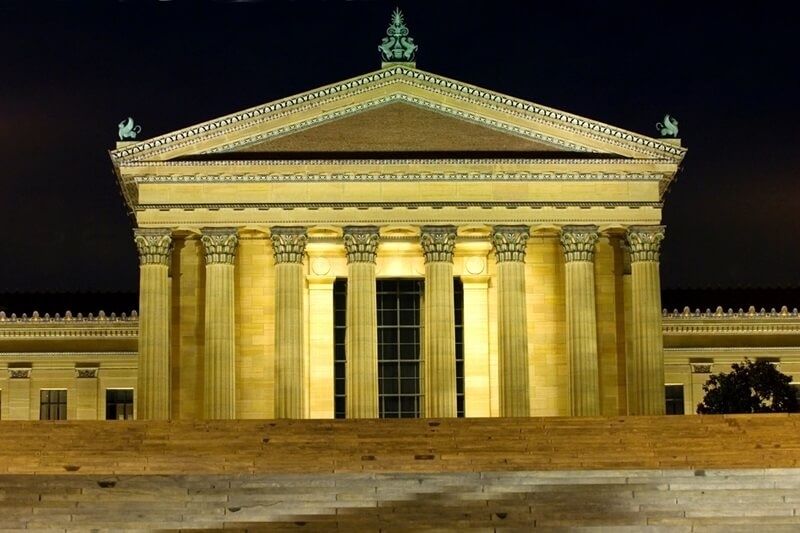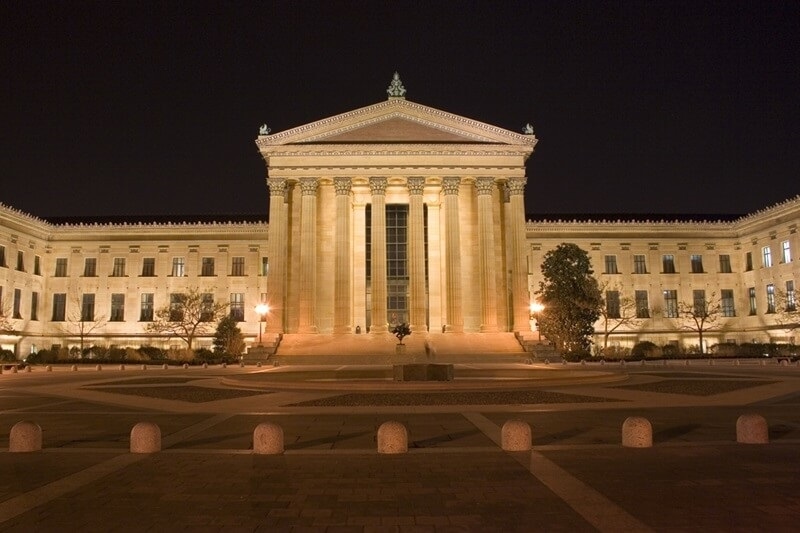
If you’ve ever dreamed of immersing yourself in American history, breathtaking art, and world-class cultural treasures, Philadelphia is your perfect destination. But here’s the thing—Philly’s museum scene is massive. From globally recognized art institutions to quirky specialty collections, there’s a lot to take in. Without preparation, your "museum day" could fast turn into "museum fatigue." That's what this Philly museum guide is for: to enable you to visit the city's cultural gems, the best museums in Philadelphia, and art museums in Philly, without having to endure the fatigue of a marathon run.
When most people think of Philly, the Liberty Bell and cheesesteaks are likely to be the first things that come to mind. However, the city is also home to some of Philadelphia's finest museums—attractions that draw millions of visitors every year. The trick? There's too much to do in too little time.
You'll find art museums in Philadelphia that could take days to fully explore, history museums Philadelphia covering everything from the nation's founding through the city's sporting history, and specialty collections focused on science, medicine, or even magic.

Without planning, you could find yourself dashing through galleries, skipping lesser-known highlights, or just suffering museum fatigue.
Before you break out a map and write down all the cultural attractions in town, think about what most thrills you.
Having a specific goal in mind will allow you to focus your time and energy, making your Philadelphia museum planner feel like it was tailored especially for you.
The biggest newbie mistake? Trying to cover too much ground in a single day.
Even at the best museums of Philadelphia, viewing more than two in a day tends to lead to information overload. Large art museums in Philly, like the Philadelphia Museum of Art, are well and truly 3–4 hours if you want to spend time enjoying the exhibitions without any mad rush. Specialized, smaller museums might not take so much time, but still take a toll on the mind.
Pro tip: Visit one "big" museum (large collection, famous exhibits) and one "small" or "medium" museum (specialized focus, fewer galleries) a day. This will keep you from getting exhausted and still allow you to appreciate each collection.
Philly's museums do not seem to pop up randomly throughout the city—instead, they have a few districts, making planning much easier.
Benjamin Franklin Parkway – Where the Philadelphia Museum of Art, the Barnes Foundation, and the Rodin Museum are located. Art lovers' paradise.
Old City & Historic District – Most of the historic museums Philadelphia is renowned for are located in the National Constitution Center, Independence Hall (a historic site, not technically a museum), and the Museum of the American Revolution.
University City – Headquarters for science and anthropology-focused collections like the Penn Museum.
Clustering your visits by neighborhood means less driving and more time looking at exhibits—another highly recommended tip from this Philadelphia museum guide.
The following are some of the best Philadelphia museums to visit, grouped by interest:
For Art Lovers:
Philadelphia Museum of Art – Philly's largest art museum, famous for having its "Rocky Steps" and broad collections from around the world.
Barnes Foundation – Celebrities are drawn to it because of its beautiful collection of Impressionist, Post-Impressionist, and early Modern paintings.
Rodin Museum – Small but charming, with the largest non-Paris collection of Auguste Rodin's work.
For History Lovers:
Museum of the American Revolution – A must on any American history museum Philadelphia trip, with hands-on exhibitions of the nation's founding.
National Constitution Center – Hands-on exhibitions about the U.S. Constitution.
African American Museum in Philadelphia – Recording African American history and culture from prior to the colonies to the current era.
For Science & Curiosity:
The Franklin Institute – Hands-on science exhibits are perfect for families.
Academy of Natural Sciences – Dinosaur, dioramas, and discovery for all ages.
Mütter Museum – A wacky collection of medical oddities and history.
Crowds can impact your visit to the museum, so timing is essential. This Philadelphia museum guide recommends:
Weekdays – Less crowded than weekends, especially Tuesday–Thursday.
Early mornings or late afternoons – Less crowded than middays usually.
First Sundays & Pay-What-You-Wish Days – Some of the Philly art museums offer lowered or donation rates on some days, but they're usually packed.
Look for seasonal hours—some of the smaller history museums Philadelphia boasts might have reduced winter hours.
Philly museums are mentally and physically demanding. Most have in-building cafeterias or nearby restaurants, so plan a lunch break to rest and recharge. For example:
Philadelphia Museum of Art Café – Nice spot to grab a sandwich or a coffee, a quick fix.
Reading Terminal Market – Within a short ride of most of Philadelphia's top museums and a food paradise.
Hydration and self-pace can mean the difference between having an enjoyable day and being wiped out at 3 p.m.
Museums are great, but a whole day spent inside is exhausting. Luckily, most art museums in Philly and the history museums Philadelphia are close to parks or other scenic locations.
This balance ensures that your museum tour remains lively and invigorating.
If you're new to Philly's cultural scene, walking tours will assist you in getting around without becoming flustered.
These tools can make large collections more accessible and help retain what you've seen.
Although permanent collections are the foundation of any Philadelphia museum guide, special exhibitions can be the crown jewel. They tend to center around an individual artist, topic, or period in history and could be on view for only several months.
Look at museum websites prior to your visit to determine if there are limited-time shows of interest to you. Occasionally, those exhibitions will involve timed tickets, making planning essential.
Admission fees at Philly museums vary:
If you will be visiting more than one museum, the Philadelphia Pass or the Go City Philadelphia card will save you money and admit you to several of the best museums in Philadelphia.
Philly's museums are easy to navigate, but it's nice to know your options:
Walking – Ideal for museum clusters like the Benjamin Franklin Parkway.
SEPTA – Philadelphia's public transit can transport you from neighborhood to neighborhood.
Philly PHLASH – A tourist-savvy bus that will pick you up at most of the city's big museums.
Anticipating your transportation saves you more time enjoying exhibits and less time figuring out details.
The key to enjoying the top museums in Philadelphia is to take it easy. Then take a few minutes to pause—whether that's journaling about your favorite exhibits, sketching something that hit you, or just talking it over with your traveling companions over dinner. Museums are more than looking at things; they're relating to ideas, to stories, and to imagination.
Philadelphia's museums are among the best in the country, and there is something for every kind of traveler. Whether discovering world-class art museum collections in Philly or walking through history museums Philadelphia's stories, Philly's cultural life is rich, diverse, and inspiring.
By following this Philadelphia museum guide, you’ll avoid the common pitfalls of first-time visitors—no more rushing, skipping highlights, or leaving exhausted. Instead, you’ll walk away feeling enriched, inspired, and ready to plan your next Philly adventure.
This content was created by AI